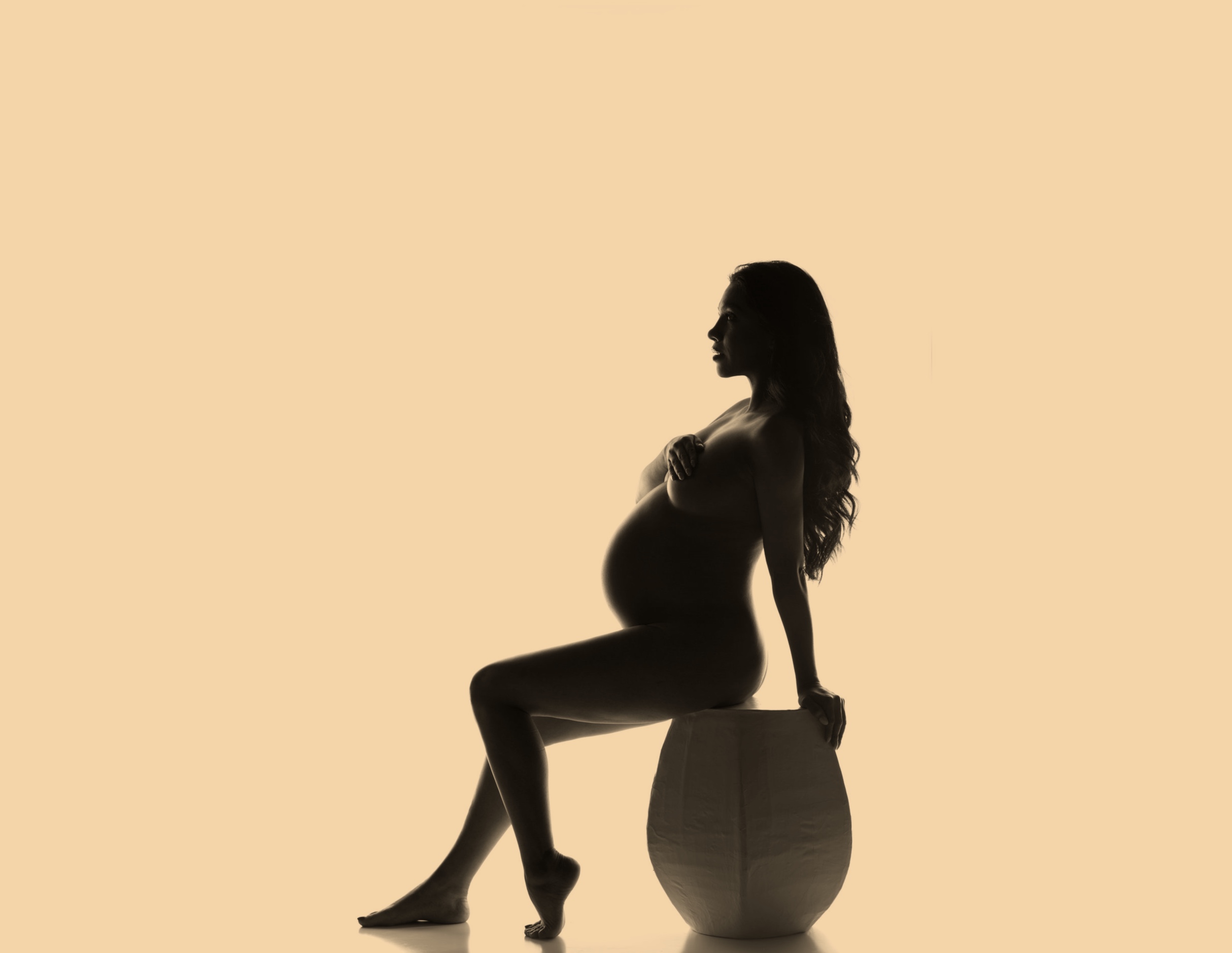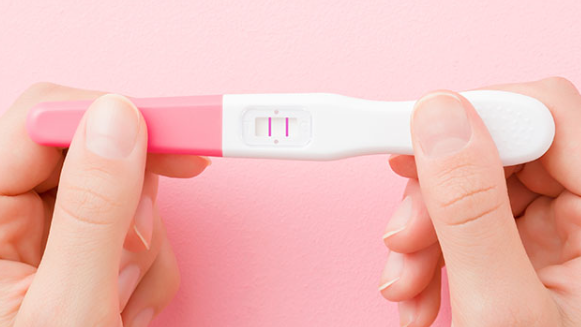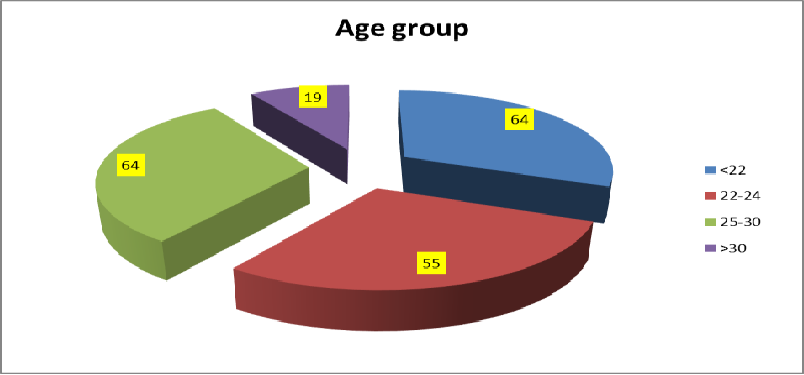Introduction:
The process of childbirth is an awe-inspiring journey, with a vaginal delivery standing out as the most common and preferred method due to its inherent benefits of vaginal delivery and relatively low risks for both the birthing person and the baby. This comprehensive exploration delves into the intricate details of vaginal deliveries, shedding light on its stages, risks, benefits, and the myriad questions surrounding this transformative experience.
What Constitutes a Vaginal Delivery?
A vaginal delivery is the miraculous event of bringing a baby into the world through the birth canal. This method, involving the contraction of the uterus to facilitate the thinning and opening of the cervix, typically unfolds between weeks 37 and 42 of pregnancy.
Prevalence and Preference:
Healthcare providers overwhelmingly endorse vaginal deliveries due to their safety for both the fetus and the birthing person. According to the Centers for Disease Control and Prevention (CDC), in 2020 alone, there were over 2.5 million vaginal deliveries, constituting approximately 68% of all births in the United States and a staggering 80% globally.
Diverse Facets of Vaginal Delivery:
Vaginal deliveries manifest in various forms, each with its unique characteristics:
1. Spontaneous Vaginal Delivery:
– Occurs naturally without the aid of labor-inducing drugs.
2. Induced Vaginal Delivery:
– Involves the use of drugs or other techniques to initiate and prepare the cervix, commonly known as labor induction.
3. Assisted Vaginal Delivery:
– Entails the assistance of forceps or a vacuum device to facilitate the birthing process. Both spontaneous and induced vaginal deliveries can be assisted.
The Tripartite Stages of Vaginal Delivery:

- Labor:
– Early Labor: Contractions commence, and the cervix begins to dilate and thin. At the end of early labor, the cervix may be around 5 centimeters dilated.
– Active Labor: Marked by robust contractions occurring approximately three minutes apart, often leading to the administration of pain relief measures such as epidurals or oxytocin to expedite the process.
– Transitional Labor: The intense phase just before full dilation, marked by rapid and prolonged contractions, accompanied by physical symptoms like sweating or vomiting. This phase precedes the pushing stage. - Birth:
– Initiated upon reaching 10 centimeters dilation, the birthing stage involves intense contractions and pushing. The duration varies, with prior vaginal deliveries typically resulting in quicker births. - Delivering the Placenta:
– The final stage, commencing shortly after the baby’s delivery and concluding within 30 minutes as the placenta is expelled.
Diverse Labor Experiences:
Labor and childbirth are profoundly individual experiences, influenced by factors such as the presence of epidurals, prior birthing experiences, and the unique aspects of each pregnancy. Elements like the size and position of the baby, along with the speed of cervical dilation, also contribute to the varying durations of vaginal deliveries.
Navigating Risks:
While vaginal deliveries generally pose the least risk, common complications may arise:
- Failure to Progress:
– Occurs when labor slows or halts, prompting the use of oxytocin to stimulate contractions. - Irregular Fetal Heart Rate:
– Caused by compression of the baby’s head or umbilical cord, potentially necessitating medical intervention. - Hemorrhage:
– Excessive bleeding during or after birth, occasionally manifesting as postpartum hemorrhage several hours later. - Vaginal Tears:
– Tears in the tissue surrounding the vagina and rectum during childbirth. - Deep Vein Thrombosis:
– Development of blood clots in the legs or pelvis shortly after delivery. - Postpartum Preeclampsia:
– Excessively high blood pressure following childbirth.
Cases Warranting Caution:
While vaginal delivery is typically preferred, certain conditions may necessitate caution, potentially leading to a recommendation for a C-section:
- Breech Position:
– When the baby is positioned feet-first instead of head-first. - Placenta Previa or Issues:
– Conditions involving the placenta, potentially hindering safe vaginal delivery. - Infections or Open Lesions:
– Untreated infections or genital lesions from herpes simplex virus. - Chronic Health Conditions:
– Existing health conditions that may pose risks during vaginal delivery.
Benefits of Vaginal Delivery:
The advantages of vaginal delivery extend to both the birthing person and the fetus:
For the Birthing Person:
1. Shorter Recovery Time:
– Faster recuperation compared to C-sections.
2. Earlier Lactation Initiation:
– A quicker start to breastfeeding.
3. Reduced Future Pregnancy Complications:
– Lower likelihood of complications in subsequent pregnancies.
For the Fetus:
1. Lower Respiratory Condition Risk:
– Decreased likelihood of respiratory issues.
2. Enhanced Immune System Function:
– Improved immune system development.
3. Higher Likelihood of Breastfeeding:
– Increased chances of successful breastfeeding or chest-feeding.
The Painful Reality:
Vaginal delivery, while a natural process, can be painful. Pain management options include the popular epidural block, which numbs the lower body
. Discussing pain relief preferences with healthcare providers ensures a tailored approach.
Post-Delivery Changes and Healing:
After a vaginal delivery, physical and emotional changes are par for the course, including constipation, engorged breasts, vaginal soreness, mood swings, bleeding, hemorrhoids, headaches, hot flashes, sweating, cramps, and lochia (vaginal discharge). Some individuals may experience postpartum emotional challenges, emphasizing the importance of ongoing communication with healthcare providers.
Healing Timelines:
Recovery from a vaginal delivery varies, generally faster than C-sections. Factors like the severity of vaginal tears influence healing time, with common discomforts like swelling and itching around the tear. Cold compresses or cooling sanitary pads may provide relief.
Postpartum Bleeding and Resumption of Activities:
Bleeding duration after a vaginal delivery varies among individuals. It’s normal to experience bleeding during the postpartum period, but persistent or increasing bleeding warrants attention. Resuming sexual activity typically requires waiting at least six weeks, allowing for healing and a postpartum examination.
Concluding Thoughts on Preparation:
While a birth plan may provide a framework, the unpredictability of labor necessitates flexibility. Discussing wishes with partners, family, friends, and healthcare providers aids preparation, as does posing pertinent questions:
1. Understanding Risks:
– Inquiring about the potential risks of vaginal delivery.
2. Pushing Guidance:
– Understanding cues for when to push during labor.
3. Tearing Prevention:
– Exploring strategies to reduce the risk of vaginal tearing.
4. Recognizing Labor Onset:
– Familiarizing oneself with signs indicating the onset of labor.
5. Hospital Arrival Timing:
– Knowing when it’s time to proceed to the hospital.
6. Recovery Duration:
– Gaining insights into the expected recovery time.
7. Enhancing Delivery Chances:
– Exploring steps to improve the likelihood of a normal delivery.
A Note from Cleveland Clinic:
Acknowledging the uniqueness of every pregnancy, labor, and delivery, Cleveland Clinic emphasizes the excitement and life-altering nature of giving birth. While the unknowns of a vaginal delivery may evoke uncertainty, open communication with healthcare providers ensures a well-prepared and supported journey. Vaginal deliveries, renowned for their general safety and high success rates, offer a pathway for welcoming healthy newborns into the world, with healthcare teams adeptly managing any complications that may arise benefits of vaginal delivery. The collaborative effort between birthing individuals and their healthcare providers paves the way for a positive and memorable childbirth experience.
Read More About Pregnancy Period in Weeks






Simply desire to say your article is as surprising The clearness in your post is simply excellent and i could assume you are an expert on this subject Fine with your permission let me to grab your feed to keep up to date with forthcoming post Thanks a million and please carry on the gratifying work